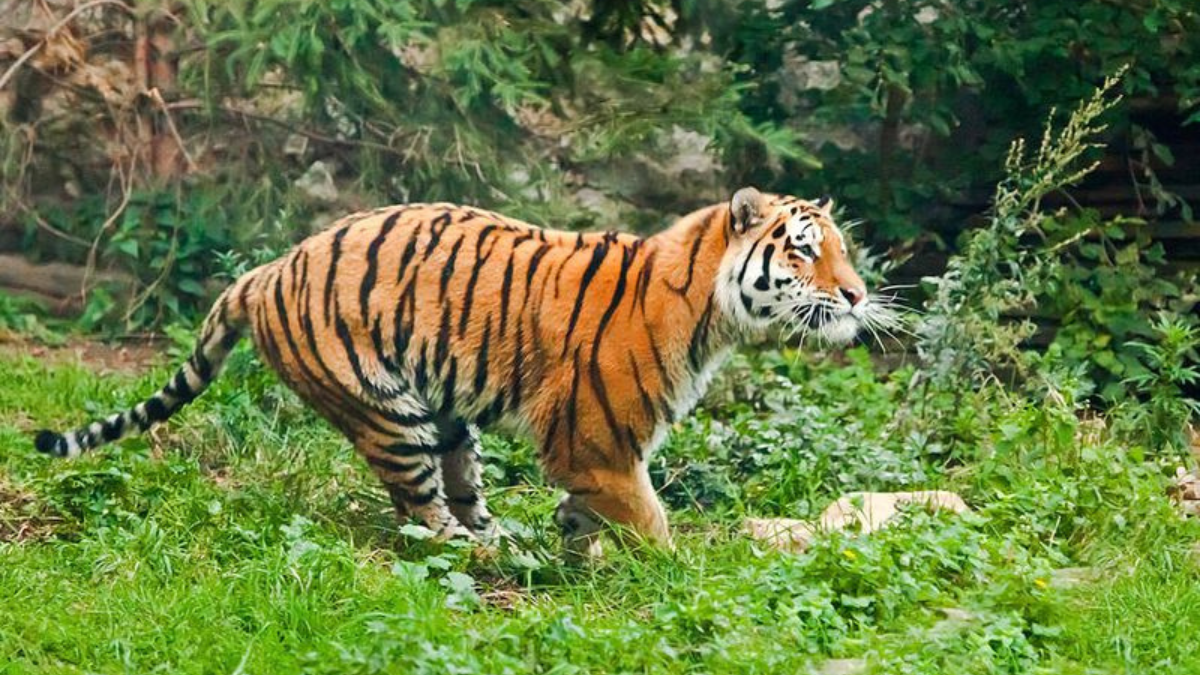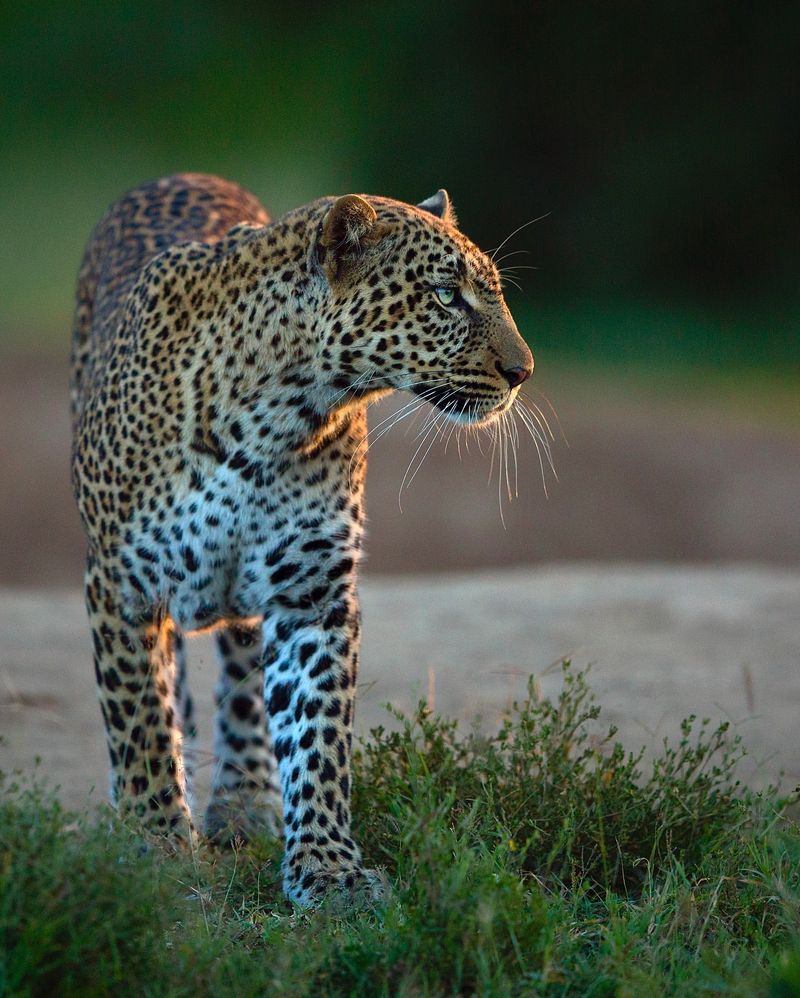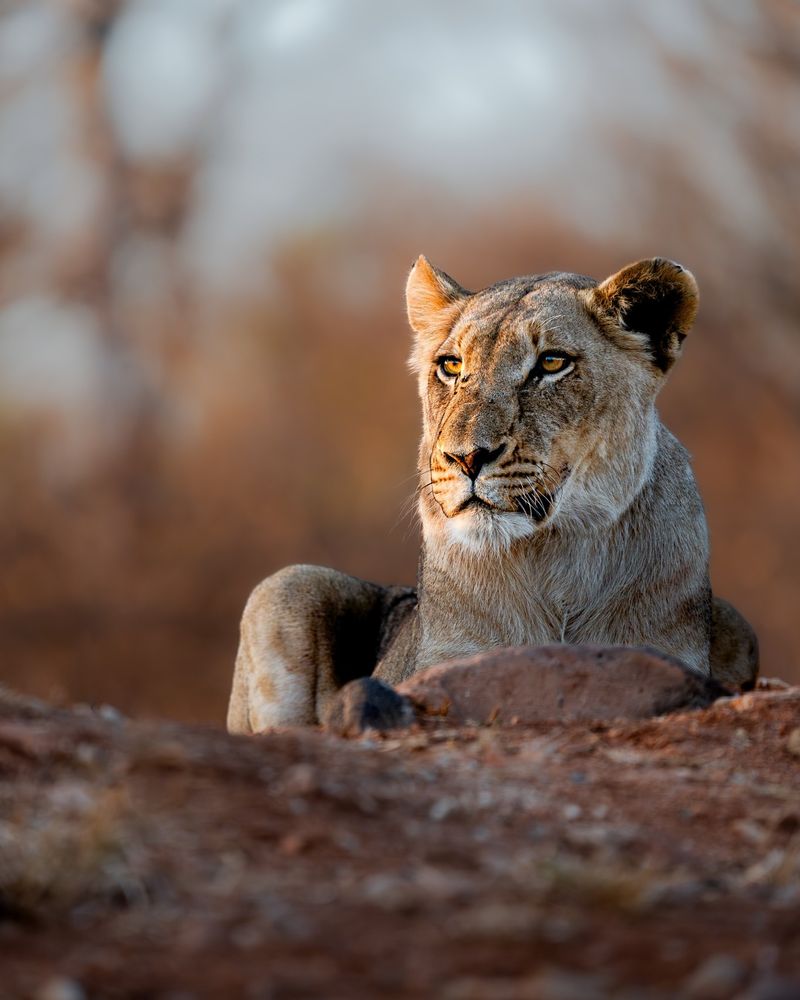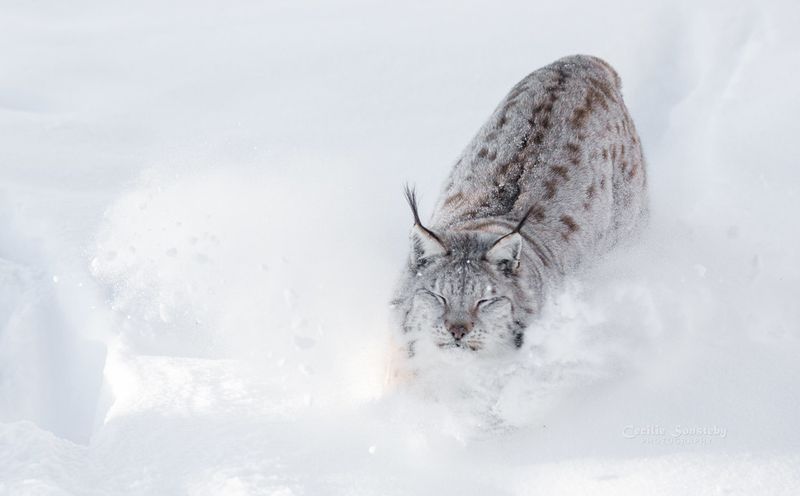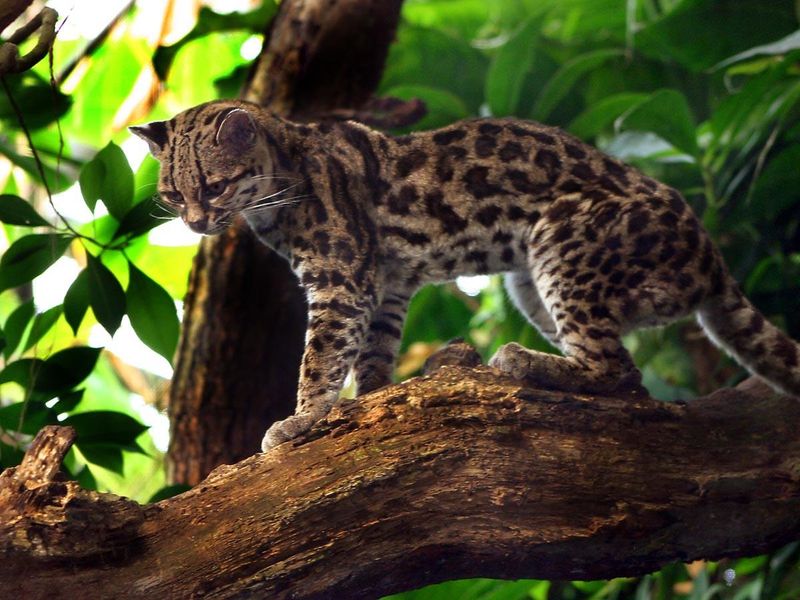📖 Table of Content:
Nature’s race is a thrilling display of speed and grace, with some of the fastest cats in the world taking center stage. These remarkable felines have evolved to combine agility, strength, and endurance, making them unparalleled hunters in their environments. Their swift movements and lightning-quick reflexes not only ensure survival but also showcase the incredible adaptability of these predators.
Each of these celebrated cats has honed unique traits that set them apart. Their streamlined bodies, powerful limbs, and keen instincts are all a testament to nature’s brilliance in design. Watching them in action is a vivid reminder of the raw power and beauty found in the animal kingdom.
Discover 12 of the fastest cats in the world and what makes them masters of speed and precision. Their breathtaking abilities and specialized adaptations reveal the essence of nature’s engineering and the role these magnificent animals play in their ecosystems.
1. Cheetah
Renowned as the fastest land animal, the cheetah can accelerate to speeds of up to 60 mph in mere seconds. Its slender body, long legs, and unique adaptations, such as large nasal passages for enhanced oxygen intake, make it an exceptional predator on the African plains.
Cheetahs excel in short-distance chases, using their keen eyesight to track prey from afar. Their speed is complemented by sharp claws and a long tail that aids in agility and balance.
Despite their prowess, cheetahs face threats from habitat loss and competition from larger predators. Conservation efforts are crucial to their survival.
2. Serval
The serval is a medium-sized cat native to Africa, easily recognized by its long legs and large ears. These attributes help it in hunting, allowing it to hear rodents moving in tall grass and make sudden leaps to catch prey.
Known for its remarkable agility, the serval can jump over three meters in height, catching birds in mid-air. Its spotted coat provides excellent camouflage among the grasslands, making it an efficient stalker.
Though not as fast as the cheetah, the serval’s speed and stealth make it a successful hunter in its ecosystem.
3. Caracal
With its striking tufted ears and sleek reddish-brown coat, the caracal is a masterful hunter of birds and small mammals. Native to Africa and parts of Asia, this agile feline showcases incredible speed and can leap high into the air to snatch flying prey with precision.
This cat’s muscular build and long hind legs enable powerful jumps, while its keen senses help in detecting and stalking prey.
Caracals are solitary and mainly nocturnal hunters, using the cover of night to their advantage. Their adaptability to different environments has made them a resilient species, thriving in diverse habitats.
4. Snow Leopard
Elusive and stunning, the snow leopard roams the rugged high mountains of Central and South Asia. Its thick, soft fur and long tail are perfectly adapted to keep it warm in the harsh, icy climates it calls home.
While not the fastest on flat ground, its incredible agility in mountainous terrain makes it a formidable predator. Snow leopards use their powerful limbs to leap large distances, hunting wild sheep and goats.
These cats are solitary, often navigating rugged landscapes alone. Conservation efforts are critical to protect their dwindling populations threatened by habitat loss and poaching.
5. Puma
Also known as the cougar or mountain lion, the puma is a versatile predator found across the Americas. Its powerful limbs and strong build make it an excellent sprinter, capable of bursts of speed when hunting deer and other prey.
Pumas are highly adaptable, thriving in various habitats from forests to deserts. Their keen senses and stealth allow them to ambush prey effectively.
Despite their adaptability, pumas face threats from habitat fragmentation and human conflict. Efforts to maintain wildlife corridors and educate communities about coexistence are vital for their conservation.
6. Jaguar
A symbol of power and beauty, the jaguar reigns as the largest cat in the Americas, with its strong build and powerful jaws making it a formidable predator. Found primarily in the Amazon rainforest, this majestic feline is equally skilled in swimming and climbing, showcasing its remarkable adaptability.
While not the fastest cat, its strength and stealth make it a top predator. Jaguars often hunt by ambushing prey, using their short bursts of speed to close in quickly.
They play a crucial role in maintaining the ecological balance. However, habitat destruction and conflicts with humans pose significant threats, necessitating focused conservation efforts.
7. Leopard
Leopards are graceful and versatile hunters, found throughout Africa and parts of Asia. Their speed, coupled with unmatched climbing ability, allows them to hunt both on the ground and in trees.
The leopard’s spotted coat provides camouflage in various environments, aiding in stealthy approaches. They often drag prey into trees to avoid scavengers, showcasing their strength and agility.
These solitary cats are adaptable, thriving in diverse habitats. However, they face challenges like habitat fragmentation and poaching, which threaten their populations. Conservation efforts aim to preserve their natural habitats and reduce human-wildlife conflicts.
8. Lion
Known as the kings of the jungle, lions are powerful and social predators that hunt in groups called prides. Their cooperative hunting tactics increase their success rate, allowing them to take down large prey.
While not the fastest runners, lions can reach speeds of up to 50 mph in short bursts, using their strength to overpower animals. Their impressive mane and roar add to their regal image.
Lions face threats from habitat loss and conflicts with humans. Conservation programs focus on habitat preservation and community engagement to ensure their continued existence in the wild.
9. Bobcat
A small but fierce predator, the bobcat inhabits the forests and swamps of North America. Its agility and speed, reaching up to 30 mph, make it an effective hunter of rabbits, birds, and other small animals.
Bobcats are solitary and territorial, often marking their boundaries with scent markings. Their short tail and tufted ears are distinguishing features that aid in identification.
Despite being adaptable, bobcats face challenges from urban expansion and hunting. Efforts to protect their habitats and regulate hunting are essential to maintaining their populations across their natural range.
10. Tiger
With its mesmerizing stripes and fierce eyes, the tiger commands the jungle. Imagine this majestic creature, each powerful stride covering ground with grace and authority.
Tigers aren’t just about sheer strength; their agility is equally impressive. Their sleek, muscular bodies allow them to sprint at speeds of up to 40 miles per hour, making them formidable predators.
Yet, it’s the way they move that truly captivates—a combination of stealth and explosive energy. When a tiger chases its prey, it’s a breathtaking dance of power and precision, leaving onlookers in awe of its regal presence.
11. Eurasian Lynx
The Eurasian Lynx, with its tufted ears and piercing eyes, is the silent hunter of the forest. Picture this elusive cat navigating through dense woodlands, each step calculated and silent.
Unlike its larger feline cousins, the lynx relies on patience and timing, often waiting for the perfect moment to pounce. Capable of reaching speeds of about 50 miles per hour in short bursts, its hunting strategy is a blend of precision and speed.
The sight of a lynx in action is a testament to nature’s artistry—every leap and bound perfectly choreographed for survival.
12. Margay
In the heart of the rainforest, the margay moves with an elegance born for the trees. Known as the ‘cat that climbs like a monkey,’ this small feline’s prowess is unmatched in the arboreal world.
With large, expressive eyes, the margay navigates the canopy, jumping and twisting with incredible agility. Its ability to rotate its ankles to climb headfirst down trees sets it apart from other cats.
Reaching speeds of up to 30 miles per hour, this feline’s true artistry is in its fluidity and grace among the branches, mesmerizing all who catch a glimpse.
